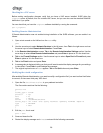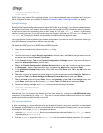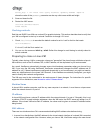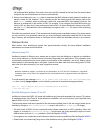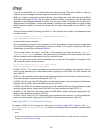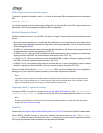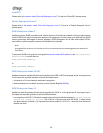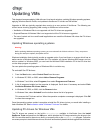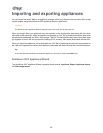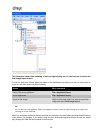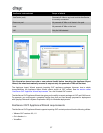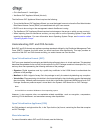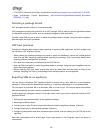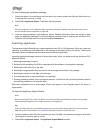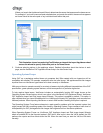
34
Updating Linux kernels and guest utilities
The Linux guest utilities can be updated by rerunning the Linux/install.sh script from the built-in
xs-tools.iso CD image (see the section called “Installing the Linux guest agent”). From time to time,
Citrix also supplies updated RHEL 4.x Linux kernels for supported distributions on its Web site (http://
updates.vmd.citrix.com/XenServer/5.6.0/rhel4x/). Because Citrix no longer provides RHEL 5.x kernels, you
should obtain updates to RHEL 5.4 and higher kernels directly from Red Hat.
Rerunning the Linux/install.sh script from the built-in xs-tools.iso is particularly important for
CentOS versions prior to 5.3, where you will get the upstream kernel by default, which has certain limitations
(see the section called “Release Notes”).
For yum-enabled distributions (CentOS 4 and 5, RHEL 5.4 and higher), xe-guest-utilities installs a
yum configuration file to enable subsequent updates to be done using yum in the standard manner.
For Debian, /etc/apt/sources.list is populated to enable updates using apt by default.
When upgrading, Citrix recommends that you always rerun Linux/install.sh when you upgrade. This
script automatically determines if your VM needs a kernel update and installs it if necessary.
Note:
SLES is also supported, but Citrix does not provide an updated kernel.



